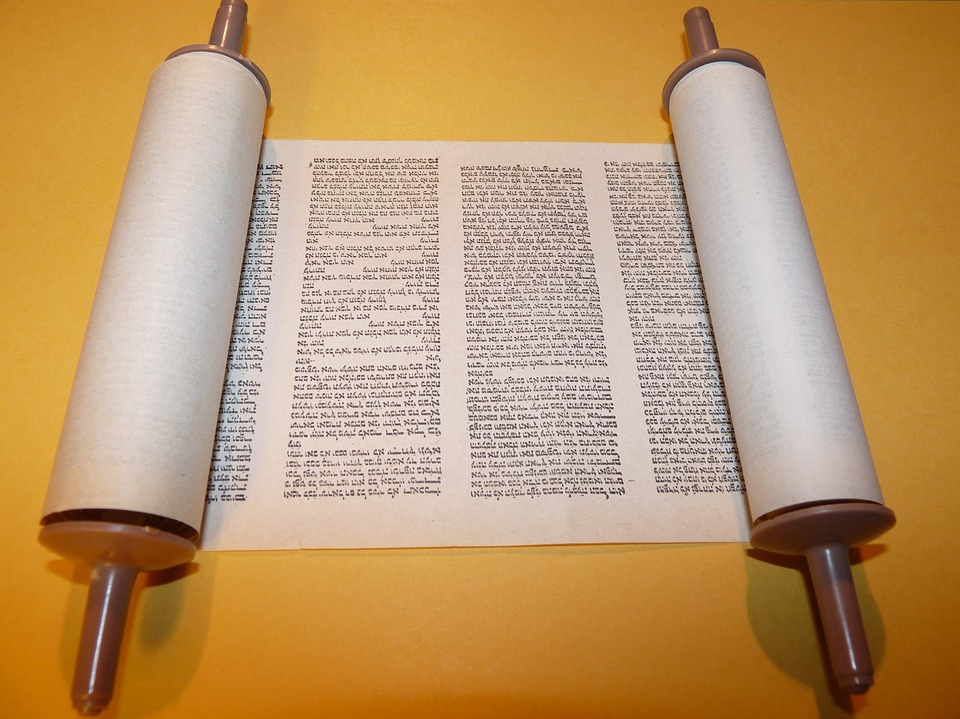
Throughout the week of Sukkos we are instructed to offer a total of 70 bulls in the Temple, but on Shmini Atzeres we offer only one (Sukkah, chap. 5, “Hachalil”, pg. 55b; Rebbi Elazar). The Midrash (Tanchuma, Pinchas 15) offers the following parable:
There was once a king who made lavish banquets for all his servants several days in the year. But on the final day he told his most beloved and dedicated servant, “Make for me a small meal so that I can have pleasure from you.” Like the king in this parable, God, the King of the Universe, tells His servants to prepare an ‘international party’ on Sukkos and to bring sacrifices on behalf of ourselves and the 70 Nations of the World. But on the final day, Shmini Atzeres, He requests that we, His most beloved and dedicated servants, prepare a small meal so that we can spend time with Hashem from which He receives pleasure.
The question can be raised, “Why would God request just a small meal, rather than a giant feast for this unique and special occasion?”
The B’nei Yissaschar (Vol.2, Ma’amarim on Chodesh Tishrei 13:1) provides a beautiful answer to this question. He explains that God specifically requests only a small meal with Israel because it is not the meal that is of importance! God requests a day for us to be close to Him, and therefore asks that we prepare a small meal and eat it hurriedly so that we can spend more time connecting to Him and enjoy the special connection. (We see this in practice on Shmini Atzeret, particularly in the Land of Israel where only one day of Yom Tov is observed, as we spend most of the time in shul praying, praising God and dancing with the Torah, leaving little time to eat a large meal!)
This explains the language used in the Tanchuma where the King (God) asks His servants to prepare a small meal, not so that He can “enjoy the feast,” but so that He “can have pleasure from you.”
The extent of our closeness to God on Shmini Atzeres is hinted to in the Torah reading of the day. We conclude with the final portion of V’Zos HaBracha and commence again with Bereishis. (Simchas Torah is celebrated on the same day as Shmini Atzeres in the Land of Israel.) The Torah ends with the letter lamed and begins with the letter beis, spelling the word leiv, meaning heart, indicating that Simchas Torah is a time of rejoicing, “Simchas Haleiv” (gladness of the heart) and closeness between God and Israel.
The B’nei Yissaschar (13:3) cites the Zohar (Mishpatim 2:114a) which describes the degree of our closeness with God. The verse in Shir Hashirim (8:6) says, “Place Me like a seal on your heart.” The closeness of the Jewish people with God is like the closeness of a seal on a paper. Even though the paper and the seal may go in different directions, once the paper has been stamped, an impression has been made on the paper that can never be removed. This, explains the Zohar, is the essence of Shmini Atzeres. As we complete the Torah and seal the reading (the word “chotmin”, meaning “complete” as well as “seal”) with a final lamed and new beis (leiv) we are sealing God and His Torah on our hearts.
“GETTING CLOSER”
By further analyzing the word leiv, we will see that besides sealing God on our hearts, on Shmini Atzeres, God also seals us with His holiness.
Each letter of the Aleph-Beis can essentially be broken down into its composite letters. When we spell out the letter LaMeD (the first letter of leiv) we have the “revealed” letter lamed and the “hidden” letters mem and dalet. The letter beis (the second letter of leiv) is comprised of the “revealed” letter beis and the “hidden” letters yud and tav.
The two “revealed” letters (lamed and beis) spell the word leiv, heart, while the ‘hidden” letters (mem, dalet, yud, tav) together possess the numerical value of 454, the same gematria as the word chotam, meaning seal or stamp.
As we read the final portion of the Torah and re-commence at Bereishis, God is stamping our hearts, as it were, with His Godliness. Once we have been stamped, the impression is eternal, hinted to by the “hidden” letters (mem, dalet, yud, tav) which spell the word tamid, meaning “everlasting.” Shmini Atzeres, therefore, is a day of joy as we celebrate the unique closeness between God and Israel by opening our hearts to receive the eternal Divine imprint.
“HOUSE OF PRAYER”
What are we required to do to receive this seal from God and to ensure that it is maintained?
The Sfas Emes proposes that the sukkah has the status of a Beis Knesses (house of prayer), while the home has the status of a Beis Midrash (study hall). He verifies this idea in the following way. Both Jews and Gentiles are connected to prayer, as it says in Yeshaya (56:7) “My house shall be called a house of prayer for all nations.” Since the sukkah is compared to a house of prayer, then we can understand why, on Sukkos, we offer sacrifices on behalf of ourselves as well as the 70 Nations of the World.
However, since the home has the status of a study hall, and Torah study is unique to the people of Israel (Sanhedrin, chap. 7, “Arba Misos”, pg. 59a; Rebbi Yochanan), then it makes sense that we offer up only one bull on this day.
The Sfas Emes continues by explaining that the transition of leaving the sukkah and entering the home on Shmini Atzeres indicates that we are leaving the holiness of the shul and entering the spiritual dimension of a beis midrash, which is even higher than that of the shul. The Sfas Emes likens this transition to the verse in Tehillim (84:8) which says, “May they go from strength to strength,” to which the Talmud (Brachos, chap. 9, “Haroeh”, pg. 64a; Rebbi Levi bar Chiya) says refers to entering the study hall after leaving the synagogue each morning. Just as we move from a place of great holiness (the synagogue) to an area of even greater holiness (the study hall), so too we move from the sukkah into the home, on Shmini Atzeres.
The Sfas Emes also quotes the famous verse in Mishlei (6:23), “A mitzva is a candle and Torah is a light” and explains that the mitzvos performed on the festival of Sukkos are the candles, allowing one to receive the ultimate light of Torah on Shmini Atzeres.
“SEVEN WEEKS”
Additionally, the seven days that lead up to Shmini Atzeres can be compared to the seven weeks between Passover and Shavuos. Just as we cried out to God in prayer at Pesach time, and therefore merited to see the light of Torah which we received at Mount Sinai seven weeks later, so we receive the “candle” by fulfilling the mitzvos of Sukkos (which also has the essence of prayer) and merit to see the light of Torah at the end, on Shmini Atzeres.
In order to reach the great light, we must first acquire the candle. Just as we need Pesach to get to Shavuos, so we need Sukkos to reach Shmini Atzeres. May I just add that Shmini Atzeres connects with Shavuos because they share the same essence which is the Torah. This could explain why they are both referred to as “Atzeres” (Parshas Pinchas, 29:35 and Chagiga, chap. 2, “Ein Dorshin”, Mishna 4, pg. 17a).
Shmini Atzeres and Shavuos are the only holidays that do not have a special mitzvah associated with the Yom Tov but are “holidays” in the sense that we stop doing any creative activity. (Kedushas Levi)
With the awareness that by leaving the sukkah and entering the home, we are ascending in holiness, and, with the understanding that by performing the mitzvos of Sukkos we merit to receive the Torah on Shmini Atzeres, we must recognize that God gave us Shmini Atzeres out of great kindness (Rabbi Uri of Strolisk). Without Shmini Atzeres, we would find it extremely difficult to return to our homes after tasting the great holiness of the sukkah for seven days. Once God provided us with the holiday of Shmini Atzeres to be celebrated specifically in our homes, only then can we leave our sukkah with less pain in our hearts.
Again however, the pain is diminished only if we are moving into a home that is a place of Torah. Only in this way can we move “meichayil el chayil” (from strength to strength).
Shmini Atzeres offers a unique opportunity to attach ourselves to God and enjoy this special relationship. If we make our homes into places of even more Torah study, adorned with Torah books, and if we open our homes to host Torah classes (Avos chap. 1, “Moshe Kibel”, Mishna 4; Yosi ben Yoezer), then we will have created an environment which is conducive to learning. Then the “candle,” the mitzvos of Sukkos, will lead us to receive the beaming light of Torah on Shmini Atzeres, ensuring a special connection with God which will stay stamped on our hearts forever.



